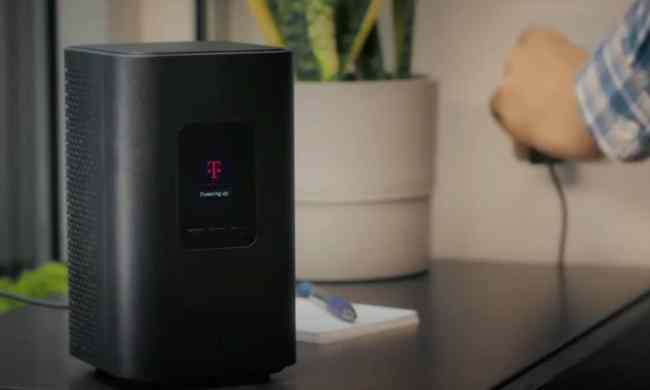Qualcomm has been all talk about 5G for the past few years, but it’s finally time to show us the goods. At the company’s annual Snapdragon Tech Summit in Hawaii, Qualcomm has partnered with the likes of Verizon, AT&T, and Motorola, to show off the nation’s first live 5G network — as well as offer smartphone manufacturers an idea of how they can implement this 5G tech into their own smartphones.
What exactly does the first live 5G network look like? We’re on the ground in Hawaii to experience it for ourselves, but don’t expect blanket coverage like 4G LTE now. Instead, 5G will build on the groundwork laid by LTE and Wi-Fi tech, adding faster connectivity in select cities when available, and it will fall back to 4G LTE in unsupported areas.
A big part of connecting 2019 smartphones to 5G networks will be through the use of Qualcomm’s X50 modem. The X50 was announced way back in 2016 as the first 5G modem, and is expected to show up in many upcoming smartphones alongside Qualcomm’s next-generation smartphone processor, the Snapdragon 855, which Qualcomm just announced on-stage. Not all smartphones using the Snapdragon 855 will have 5G support, as manufacturers will have to opt to use the X50 5G-enabled modem with the chip.

The first step to achieving 5G is upgrading the smartphone, and to that end, Qualcomm has revealed its 5G smartphone reference design. This reference design is a device that manufacturers can use to base their 5G implementation on, and should help speed up inclusion of 5G in smartphones. According to Qualcomm, building the reference design was somewhat of a challenge — not only does the device need to be sleek and stylish, but it also needs to have sizable battery life 5G won’t eat through.
But 5G is heavily dependent of carriers, and how soon 5G networks will be deployed by the likes of AT&T, Verizon, T-Mobile, and Sprint. Both AT&T and Verizon have put together live 5G networks at the Snapdragon Summit event in Hawaii, and we’ll be checking them out soon. Samsung has announced it’s is working with AT&T and Verizon on delivering a 5G-enabled phone next year. Not much else is known about the device, but it could be referring to the Samsung Galaxy S10, or perhaps Samsung’s upcoming foldable smartphone.
Along with that, Verizon and one of its partners, Inseego, have announced a new 5G mobile hotspot, which Inseego said can achieve speeds of up to a hefty 2Gbps with super low latency. The hotspot is powered by the new Qualcomm Snapdragon 855 platform and Verizon said it will be available to customers starting in 2019.
Verizon said it’s focusing on a number of different applications for 5G. The company has created a number of “5G labs,” in which it’s working on ways to use 5G for things like telemedicine and education.
5G tech is exciting, as it boils down to much faster data speeds. That means you’ll be able to download a 4K Netflix movie on your smartphone in a startling short amount of time, but it goes further than phones. It means a whole new wave of products — like the appliances in your home or cars — that can talk to each other, potentially paving the way for smart cities unlike anything we’ve ever seen.
Expect to see a variety of 5G smartphones next year, but don’t get too excited just yet. Even if a phone is 5G ready, it doesn’t mean the area you’re in will have 5G network support. The full roll out will take a few years, and carriers are only starting with pockets of select cities.
This is a developing story.



